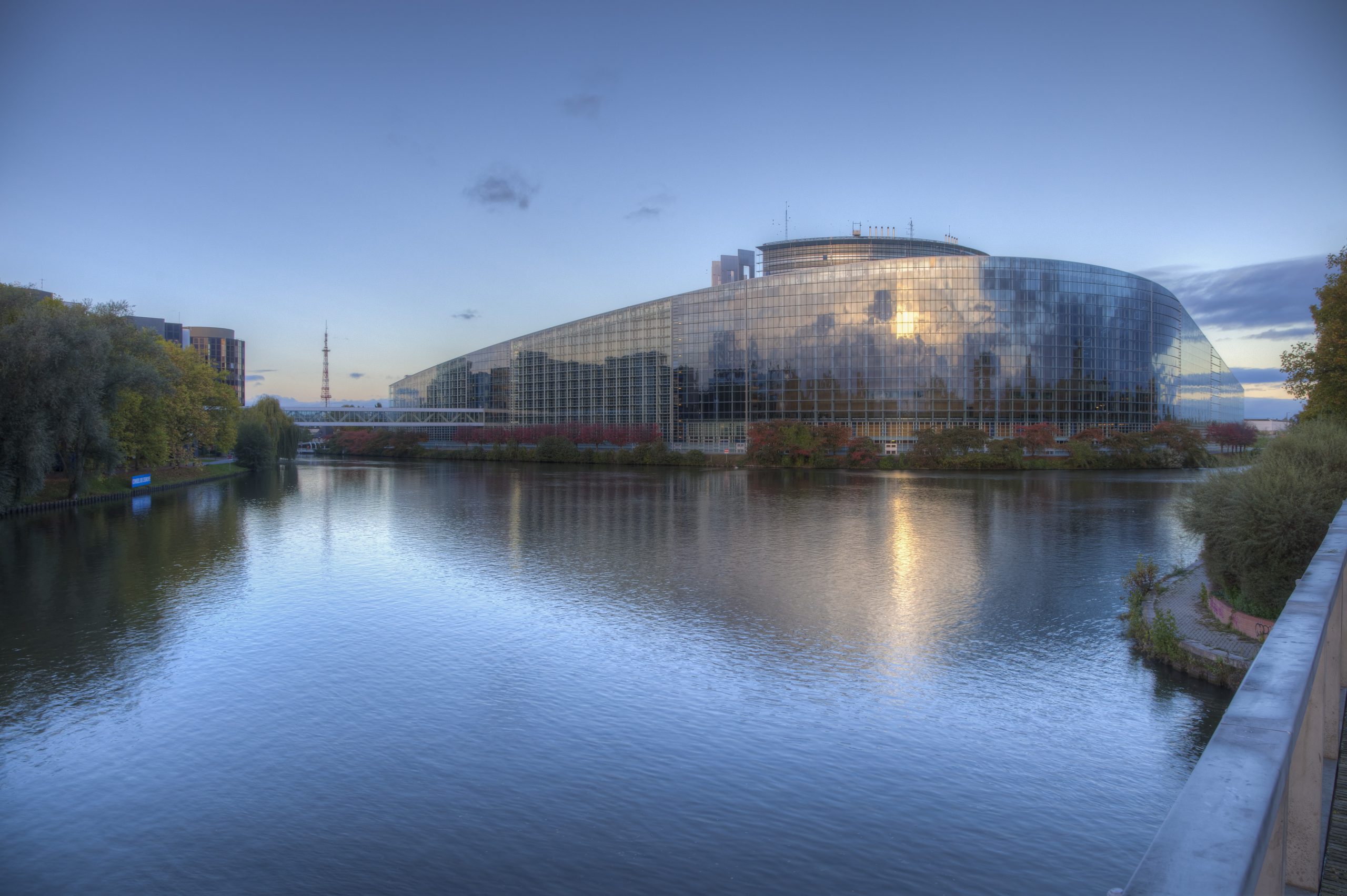Written by Nicole Zandi
 Our role in the European Parliamentary Research Service (EPRS) is to support parliamentary debate through ensuring Members are well-informed, in particular through our online and printed products. This year’s European election, and start of the eighth parliamentary term, has put us to the test. To mark the occasion the EPRS team have compiled facts and figures of the new parliament, offering a picture of who MEPs are and what they can do.
Our role in the European Parliamentary Research Service (EPRS) is to support parliamentary debate through ensuring Members are well-informed, in particular through our online and printed products. This year’s European election, and start of the eighth parliamentary term, has put us to the test. To mark the occasion the EPRS team have compiled facts and figures of the new parliament, offering a picture of who MEPs are and what they can do.
Political make-up
To help improve understanding of the Parliament and the European elections, we published a series of infographics throughout the year. Updated after the election, they have been collected together in a single infographic to illustrate the new Parliament. It offers comparisons between Member States, or with previous EU parliamentary terms. For example one chart shows the steady decline in voter turnout in European elections since 1979, but makes clear that the phenomenon is far from unique to the European Parliament. Ironically, though, more views are now represented, as fringe groups have gained more influence in Parliament since May’s elections.
The parliamentary carousel
 The face of Parliament and faces in Parliament are constantly changing, as MEPs come and go for various reasons. For example, the Bulgarian MEP, Tomislav Dontchev, left his European seat to become deputy prime minister in his national government. He has been replaced by 26-year-old Andrey Novakov, who is now the youngest MEP in Parliament, pushing down the average age of MEPs, to 51 years old.
The face of Parliament and faces in Parliament are constantly changing, as MEPs come and go for various reasons. For example, the Bulgarian MEP, Tomislav Dontchev, left his European seat to become deputy prime minister in his national government. He has been replaced by 26-year-old Andrey Novakov, who is now the youngest MEP in Parliament, pushing down the average age of MEPs, to 51 years old.
The regularity of these inevitable, and often quite significant, changes means that it is important that we constantly produce new publications and make efforts to keep them up to date.
New Year Resolutions
A number of Parliament’s persistent goals to enforce greater transparency and legitimacy into the EU institutions have been endorsed by the new Commission and may lead to significant change.
With the EPP and S&D – Parliament’s two biggest groups – reduced in strength in this Parliament, political groups will be forced towards a more collaborative approach within the house, some have suggested. This type of relationship is also more likely to exist between the different institutions, and already Parliament has shown a willingness to support the Commission. After all, the Commission-president, Jean-Claude Juncker, was the candidate nominated by the largest party in Parliament, the EPP. This has led to the Commission being dubbed the “Parliament’s Commission.”
Where the Council fits in is more complicated, although there is a feeling among academics, at least, that the Council plays a crucial role in involving the national parliaments and disengaged citizens. Indeed collaboration is likely to be the best way to get legislation made and enforced throughout the EU – especially of the bigger changes that the new Commission promises to focus on.
Looking further ahead in the term, Brigid Laffan, director and professor at the Robert Schuman Centre in Florence, has cited 2017 as a year to look out for – with French presidential elections, German Bundestag elections and maybe a UK EU referendum. Depending on the results, the effect on the European Parliament and EU as a whole may be huge.








Right here is the perfect site for anyone who would like tto undertand this topic.
You realize so much itss almost hard to argue with you (not that I actually would want
to…HaHa). You definitely put a brand new spin on a opic that’s been written about for decades.
Excellent stuff, just wonderful!